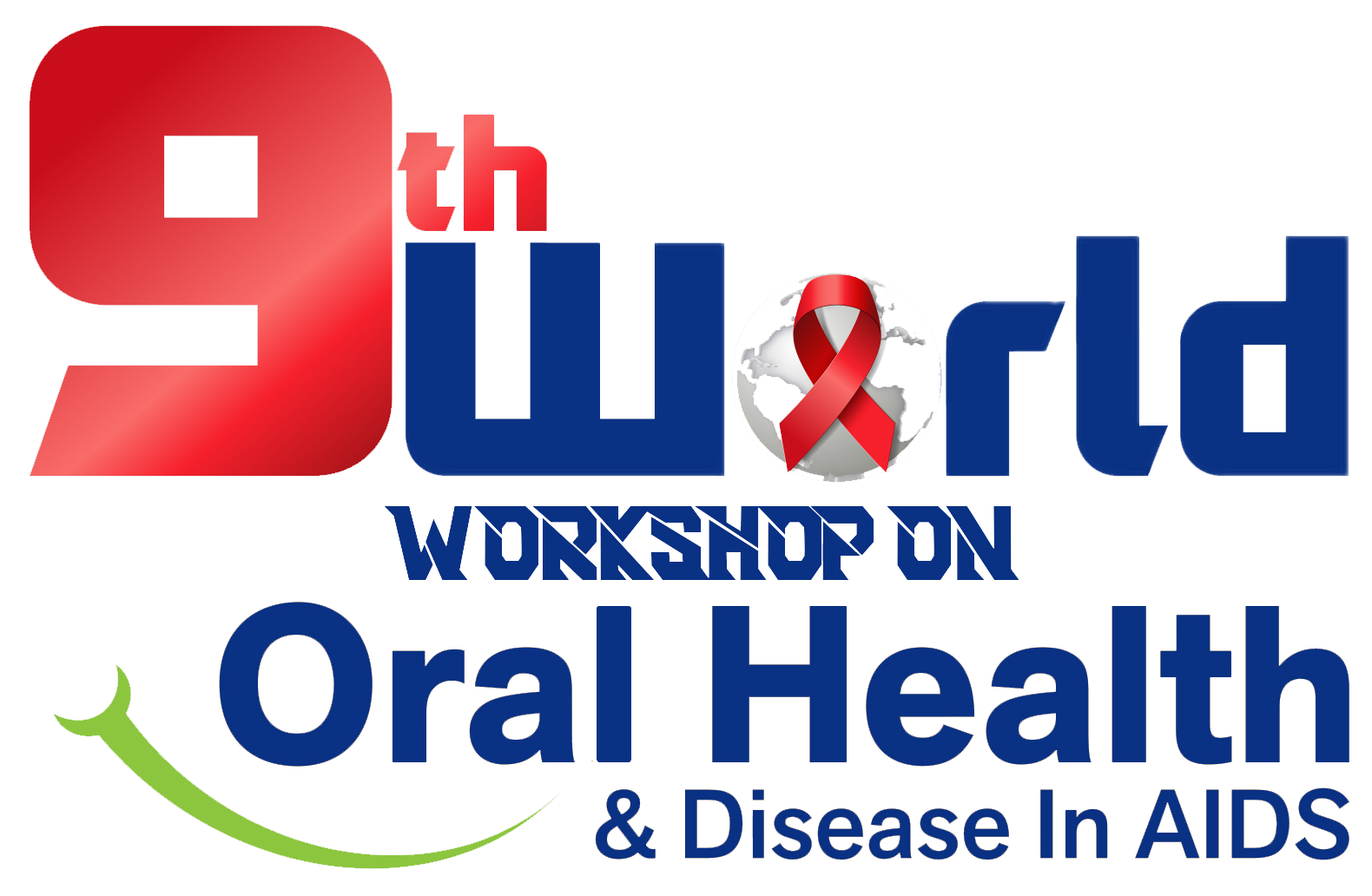ABSTRACT RULES AND GUIDELINES
- Individuals may present only one abstract.
- Individuals can co-author multiple abstracts.
- Three types of abstracts/articles include: (1) Original Research Articles; (2) Case Reports/Clinical Cases; (3) Reviews
- Submitters may NOT split one study into several papers, as they may be asked to combine for review.
- Previously published abstracts (in print or any electronic format) or those presented at another meeting are not allowed.
- Abstracts must be submitted via the online abstract submission site. Faxes, photocopies or emailed copies will not be reviewed.
- You must receive the approval of all co-authors before putting their names on the abstract.
- There will not be an option for Late-Breaking News Abstracts.
- There will not be an abstract replacement period.
PREPARING TO SUBMIT AN ABSTRACT
All abstracts must be submitted online via the IADR online abstract system. Each completed submission is peer-reviewed for its scientific content by Scientific Group of the International Organizing Committee/Network Abstract Reviewers.
Important Submission Elements
- Titles: Abstract titles are limited to 10 words or less. The title should be dynamic and conclusive, rather than descriptive, and should be entered in title case format, AP format. In general, you should capitalize the first letter of each word unless it is a preposition or article. Do italicize scientific names of organisms such as streptococci or candida. Titles should not be bold.
- Authors: Each author should be added separately to the submission to ensure proper listing. Enter first (given) name, and last (family/surname) name for each author plus institution/affiliation. Please do not list the department/branch in the institution/affiliation field. One person must be identified as the presenting author. The order of the authors can be modified at any time priorto the abstract deadline.
3. Abstract Text: All abstracts should be 300words or less. When composing your text, be sure to use a word processor in order to save your abstract in advance. Use the formatting functions available in the submission system to add in special characters. Do not include your title or authors in the abstract text. Do not include references. If the abstract is based on research that was funded entirely or partially by an outside source, then be sure to enter the appropriate information (funding agency and grant number if applicable) when prompted during submission. You do not need to re-enter the information with your abstract text. However, all external funding MUST also be included in the presentation if accepted. Tables are permitted but should be simple and concise. Graphics/images are not recommended unless they are integral to the abstract and should be limited to no more than one or two.
4. Content of the Abstract: Titles, authors and authors’ affiliations are not included in the 300 word limit. The abstract must contain a brief statement of:
a. The objectives of the investigation,
b. Experimental methods used,
c. Essential results, including data and, where appropriate, statistics,
d. Conclusion
5. FOR CLINICAL CASES ONLY: Please use the Objectives field for the case description and the Methods section for presentation. Enter “Clinical Case, not applicable” in the required Results and Conclusions section. If your submission is not for the Clinical Case category you are still required to enter the applicable information in the required fields.
6. Other Items:
Keywords: All abstract submissions may select up to five keywords from a list. Two keywords are required. Keywords should be selected from Medical Subject Headings (MeSH) to be used for indexing of articles.
CRITERIA FOR ABSTRACT ACCEPTANCE
Presentations will be selected for the program on the basis of the scientific quality of the work as judged from the abstract. An impartial panel of reviewers (three persons per Scientific Group/Network) will evaluate the content of each abstract. Selection of the abstracts will be made by these reviewers and by the ASC, whose decision is final.
The following are the evaluation criteria used in the review of abstracts. This is provided to call your attention to points that will be considered. In the final analysis, it will be the reviewers’ judgment of the value of any abstract that will determine whether the abstract should appear on the program. Since the abstracts are published and become part of the world’s scientific literature, it is important that the content be scientifically sound and grammatically correct. Each abstract is reviewed so that high standards can be ensured.
The reasons for rejection are:
1. Abstract is not original research.
2. Nature of problem not explicit from either title or abstract.
3. Material too closely related to another abstract submitted by the same co-authors; should have been combined into a single paper.
4. Abstract has been presented at other meeting(s) or previously published.
5. Abstract poorly organized and/or not complete. Required information not given in the abstract:
a.Objective
b.Methods
c.Results –data and statistical analysis, or
d.Conclusions
6. Methods of obtaining data not appropriate with respect to the stated problem for the following reasons:
a. Methods not sufficiently precise to permit the measurements to be accurate, i.e., variations are within the error limits for the method.
b. Sampling method contains inherent discriminatory factors not recognized.
c. Size of sample insufficient to show significant conformity or differences.
d. No well-defined criteria given for evaluation of variables.
e. Choice of controls questionable.
f. No control groups reported.
7. Significance of results related to the nature of the problem being studied is not stated.
8. Conclusions do not necessarily follow as a consequence of the method of analysis applied to the data.
9. Conclusions not adequately qualified, i.e., conclusions have greater limitations than implied by the author.
10. Correlations suggested may be fortuitous insofar as no plausible cause-and-effect relation has been suggested, and none is obvious.
11. Abstract is not in English.
12. Abstract is over word count


